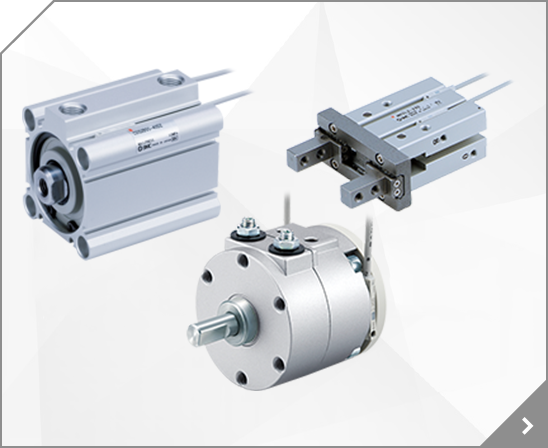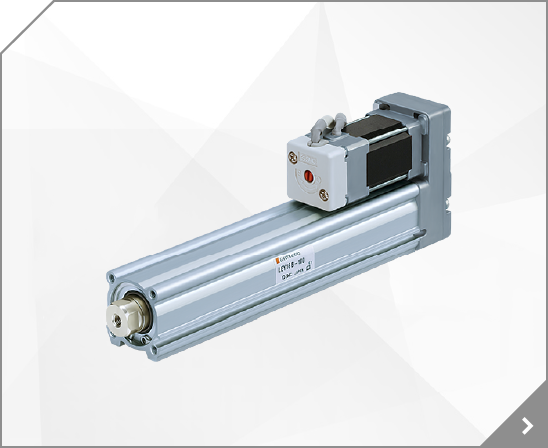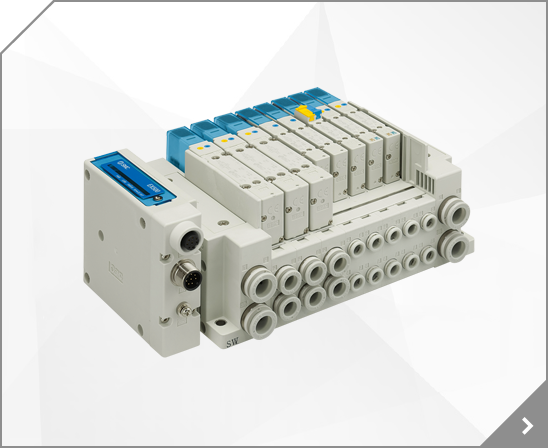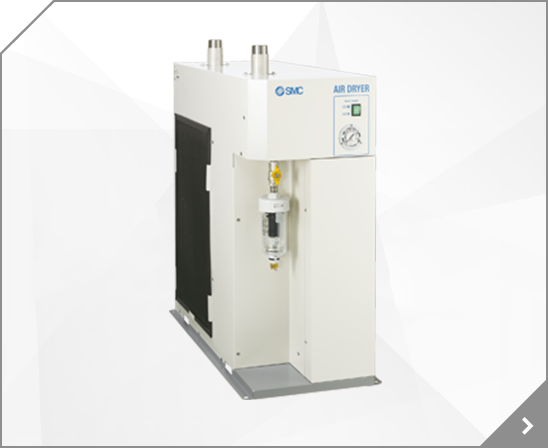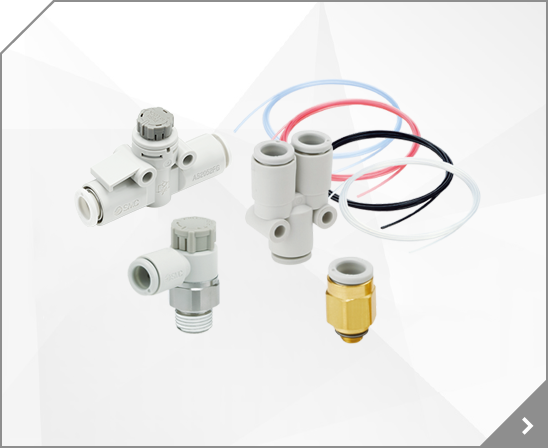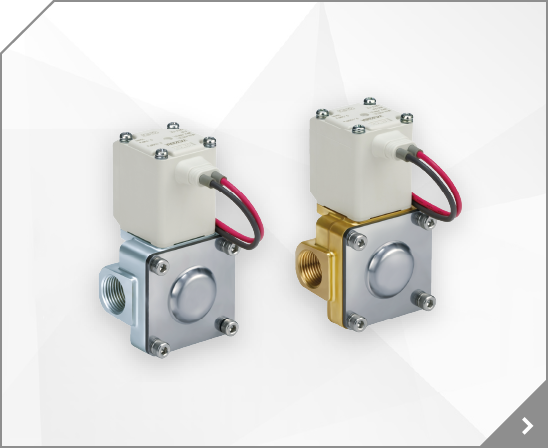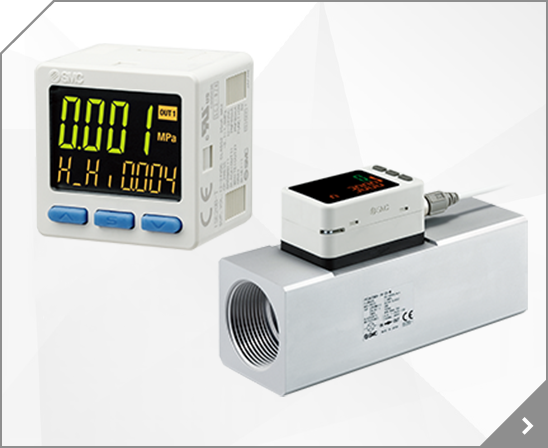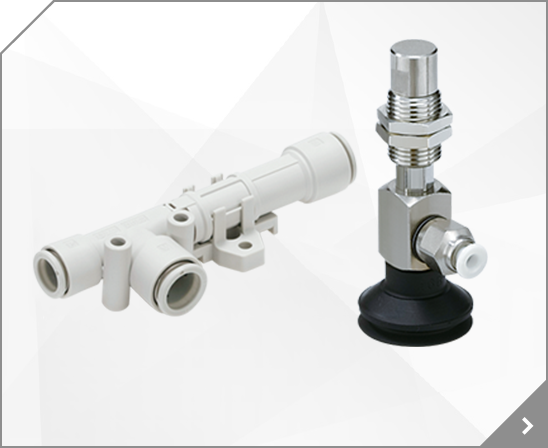
Series CJ2 is auto switch capable Standard double acting single rod, Bore sizes: 6, 10, 16 *, Strokes from 15mm through 200mm depending upon bore size, Mounts: basic, foot, front flange, double clevis, Variety of switches and a variety of lead wire lengths, Cylinder, Air, ROUND BODY CYLINDER, 359, 0.127 lb
Series CJ2 is auto switch capable Standard double acting single rod, Bore sizes: 6, 10, 16 *, Strokes from 15mm through 200mm depending upon bore size, Mounts: basic, foot, front flange, double clevis, Variety of switches and a variety of lead wire lengths, Cylinder, Air, ROUND BODY CYLINDER, 359, 0.099 lb
Series CJ2 is auto switch capable Standard double acting single rod, Bore sizes: 6, 10, 16 *, Strokes from 15mm through 200mm depending upon bore size, Mounts: basic, foot, front flange, double clevis, Variety of switches and a variety of lead wire lengths ROUND BODY CYLINDER. Cylinder, Air. 0.10300 lb. 359.
Series CJ2 is auto switch capable Standard double acting single rod, Bore sizes: 6, 10, 16 *, Strokes from 15mm through 200mm depending upon bore size, Mounts: basic, foot, front flange, double clevis, Variety of switches and a variety of lead wire lengths ROUND BODY CYLINDER. Cylinder, Air. 0.05400 lb. 359.
Series CJ2 is auto switch capable Standard double acting single rod, Bore sizes: 6, 10, 16 *, Strokes from 15mm through 200mm depending upon bore size, Mounts: basic, foot, front flange, double clevis, Variety of switches and a variety of lead wire lengths, CYLINDER, ACTUATOR, CJ2 ROUND BODY CYLINDER, GE, 16MM CJ2 DBL-ACT AUTO-SW, 1.17245 lb
A variety of auto switches are available for mounting, including compact switches and magnetic field resistant switches. The CA2-Z is available in 40, 50, 63, 80 and 100 bores sizes, and is RoHS compliant.Double acting single rod , Bore sizes: 40, 50, 63, 80, 100mm, Options include pivot bracket and/or knuckle joints, Auto switch capable Auth/Grp: A/55. ME. ACTUATOR.
Series CJ2 is auto switch capable Standard double acting single rod, Bore sizes: 6, 10, 16 *, Strokes from 15mm through 200mm depending upon bore size, Mounts: basic, foot, front flange, double clevis, Variety of switches and a variety of lead wire lengths, Cylinder, Air, ROUND BODY CYLINDER, 0.19130 lb
Series CJ2 is auto switch capable Standard double acting single rod, Bore sizes: 6, 10, 16 *, Strokes from 15mm through 200mm depending upon bore size, Mounts: basic, foot, front flange, double clevis, Variety of switches and a variety of lead wire lengths, Cylinder, Air, ROUND BODY CYLINDER, 359, 0.09230 lb
Series CJ2 is auto switch capable Standard double acting single rod, Bore sizes: 6, 10, 16 *, Strokes from 15mm through 200mm depending upon bore size, Mounts: basic, foot, front flange, double clevis, Variety of switches and a variety of lead wire lengths, Cylinder, Air, ROUND BODY CYLINDER, 359, 0.07530 lb
Series CJ2 is auto switch capable Standard double acting single rod, Bore sizes: 6, 10, 16 *, Strokes from 15mm through 200mm depending upon bore size, Mounts: basic, foot, front flange, double clevis, Variety of switches and a variety of lead wire lengths, Cylinder, Air, ROUND BODY CYLINDER, 359, 0.08030 lb
Series CJ2 is auto switch capable Non-rotating rod type, Bore sizes: 10 and 16 *, Strokes from 15mm through 200mm, Mounts: basic, root, front flange, double clevis, Variety of switches and a variety of lead wire lengths, Cylinder, Air, ROUND BODY CYLINDER, 359, 0.04700 lb
This is a legacy product. Please contact us for the latest version.sales@ocaire.com, CYLINDER, ACTUATOR, CJ2 ROUND BODY CYLINDER, GL, 16MM CJ2 NON-ROT AUTO-SW, 0.4957 lb
Series CJ2 is auto switch capable Standard double acting single rod, Bore sizes: 6, 10, 16 *, Strokes from 15mm through 200mm depending upon bore size, Mounts: basic, foot, front flange, double clevis, Variety of switches and a variety of lead wire lengths, CYLINDER, ACTUATOR, CJ2 ROUND BODY CYLINDER, GE, 16MM CJ2 DBL-ACT AUTO-SW, 0.56427 lb
CYLINDER, ACTUATOR, CJ2 ROUND BODY CYLINDER, GE, 16MM CJ2 DBL-ACT AUTO-SW, 6.46688 lb
Series CJ2 is auto switch capable Direct mount: double acting single rod, Bore sizes: 10 and 16 *, Strokes from 15mm through 200mm, Mounts: direct to bottom of cylinder, Variety of switches and a variety of lead wire lengths, CYLINDER, ACTUATOR, CJ2 ROUND BODY CYLINDER, GE, 16MM CJ2 DBL-ACT AUTO-SW, 3.96832 lb
Series CJ2 is auto switch capable Non-rotating rod type, Bore sizes: 10 and 16 *, Strokes from 15mm through 200mm, Mounts: basic, root, front flange, double clevis, Variety of switches and a variety of lead wire lengths, Cylinder, Air, ROUND BODY CYLINDER, 359, 0.05 lb
Series CJ2 is auto switch capable Direct mount: double acting single rod, Bore sizes: 10 and 16 *, Strokes from 15mm through 200mm, Mounts: direct to bottom of cylinder, Variety of switches and a variety of lead wire lengths, Cylinder, Air, ROUND BODY CYLINDER, 359, 0.036 lb
This is a legacy product. Please contact us for the latest version.sales@ocaire.com, MD, ACTUATOR, Auth/Grp: A/55, 401, CA1/CA2 TIE-ROD CYLINDER
This is a legacy product. Please contact us for the latest version.sales@ocaire.com, HM, ACTUATOR, Auth/Grp: A/60, 481, MGP COMPACT GUIDE CYLINDER
Style: double acting double rod, Bore sizes *: 20, 25, 32, 40, 50, 63, 80, and 100, Strokes: 25mm through 1500mm, Mounts: basic, axial foot, front flange, front trunnion, Nylon or heat resistant rod boots available, Variety of switches available Auth/Grp: A/55. MX. ACTUATOR. CG/CG3 ROUND BODY CYLINDER. 420.
